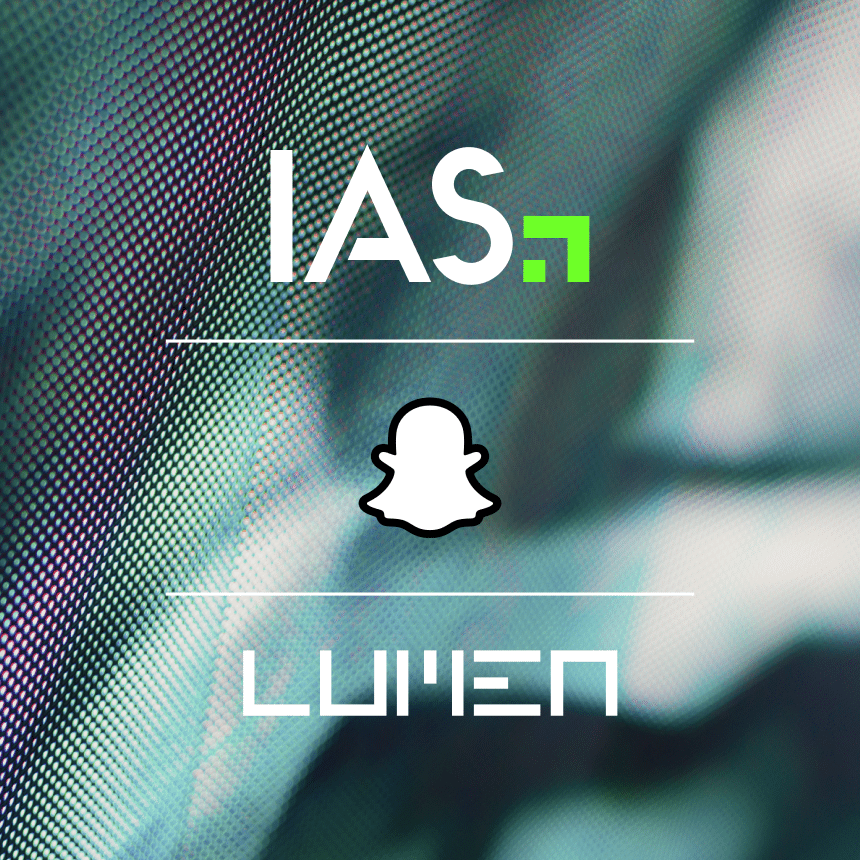With Halloween just around the corner, we’ve got witches, ghosts, and spooky stories on our minds. And what could be more horrifying than a bad advertising incident? Just like gremlins, these monsters come out of closets, eat up your money, and cause damage to your brand reputation that could keep you up at night. Interested in a little advertising horror? Well, grab a pumpkin spice flavored beverage and something flannel, then read on for some frights.
Your airline ad appears next to an article about a plane crash
This is one of the most classic examples of a bad brand safety incident. You spent countless hours coming up with the perfect campaign, the best creative, and expert copy. Now, at the final hour, dark forces (the programmatic buy you made without pre-bid segments) are at work. While browsing your favorite online publication, you see your gorgeous ad has been served – directly next to news of a tragedy. Don’t let this happen to you: explore our brand safety solution.
Your brand gets called out on Sleeping Giants.
For many, the rise of Sleeping Giants, a self-proclaimed brand watchdog keeping advertising dollars honest, was a waking nightmare. With huge brands being publicly blasted for funding controversial and alt-right sites, the formerly anonymous Twitter account keeps an eye on the real “yikes!” moments of brand safety.
While being called out by Sleeping Giants sounds scary, we love that they emphasize the importance of knowing where advertising spend goes—so much so that we’re meeting up with their co-founder, Nandini Jammi, for a South by Southwest (SXSW) panel next March.
Your frequency is so high that you annoy consumers before they can make a purchase decision.
Getting your frequency calibrated correctly can be a daunting task. Set a cap that’s too low, and you risk losing a customer before they’ve had the chance to really connect with your ads. Set it too high, and your relentless ads might scare them away.
In our Online Conversion Lift case study with GroupM, we looked at how frequency matters when attempting to influence your targeted consumers. After using our Online Conversion Lift solution, Toyota saw an 83% uplift in conversion rate. Learn more and read the full report here.
50% of your ads are blocked because they appear next to recipes that contain alcohol
We get it, “alcohol” can be a scary word for brands. But in the right context, it can be completely harmless. That’s why we’re starting to shift our understanding from brand safety to brand suitability. In advertising, context always matters, and if you don’t use a nuanced keyword blocking solution, you’ll block far more high-quality inventory than initially intended.
No one is interacting with your ads because they can’t even see them
Invisibility is only useful for ghosts. Viewability should be table stakes for your ad buys, but sadly in the haunted house of the ad space, there are still plenty of non-viewable impressions being presented and sold as viewable. Verification helps you unmask impressions to ensure that you’re only paying for high-quality media. See how Radisson lifted its conversion rate by 67% by targeting viewable impressions.
Fraud is wearing a really convincing costume.
This isn’t just a bad dream: in the past two years alone, fraud on mobile web display has increased by 41.6%. There are plenty of bad actors in the fraud space looking to capitalize on your digital media investments. What if you can’t tell the valid traffic from the invalid?
Thankfully, we have the Threat Lab. Comprised of dedicated teams of specialized malware analysts, data engineers, white-hat-hackers, and data scientists, the lab uses machine learning, browser analysis, behavioral analysis, and targeted reconnaissance to identify and stop fraudulent activity.
You’re running a perfect campaign, but in the totally wrong place
We already learned from the Halo Effect that the placement of an ad can make a huge difference in consumer perception.
Our case study with homeware store Kvik showed that running on certain domains had a huge impact on driving in-store visits. Want to know what else contributed to their 79% uplift in conversions?
Download the GroupM case studies with the form below to find out.
Feeling spooked? Well here’s a treat, no tricks attached. These scary stories won’t come true if you have the right verification partner. Clear your mind with the GroupM case studies.
 Share on LinkedIn
Share on LinkedIn Share on X
Share on X

